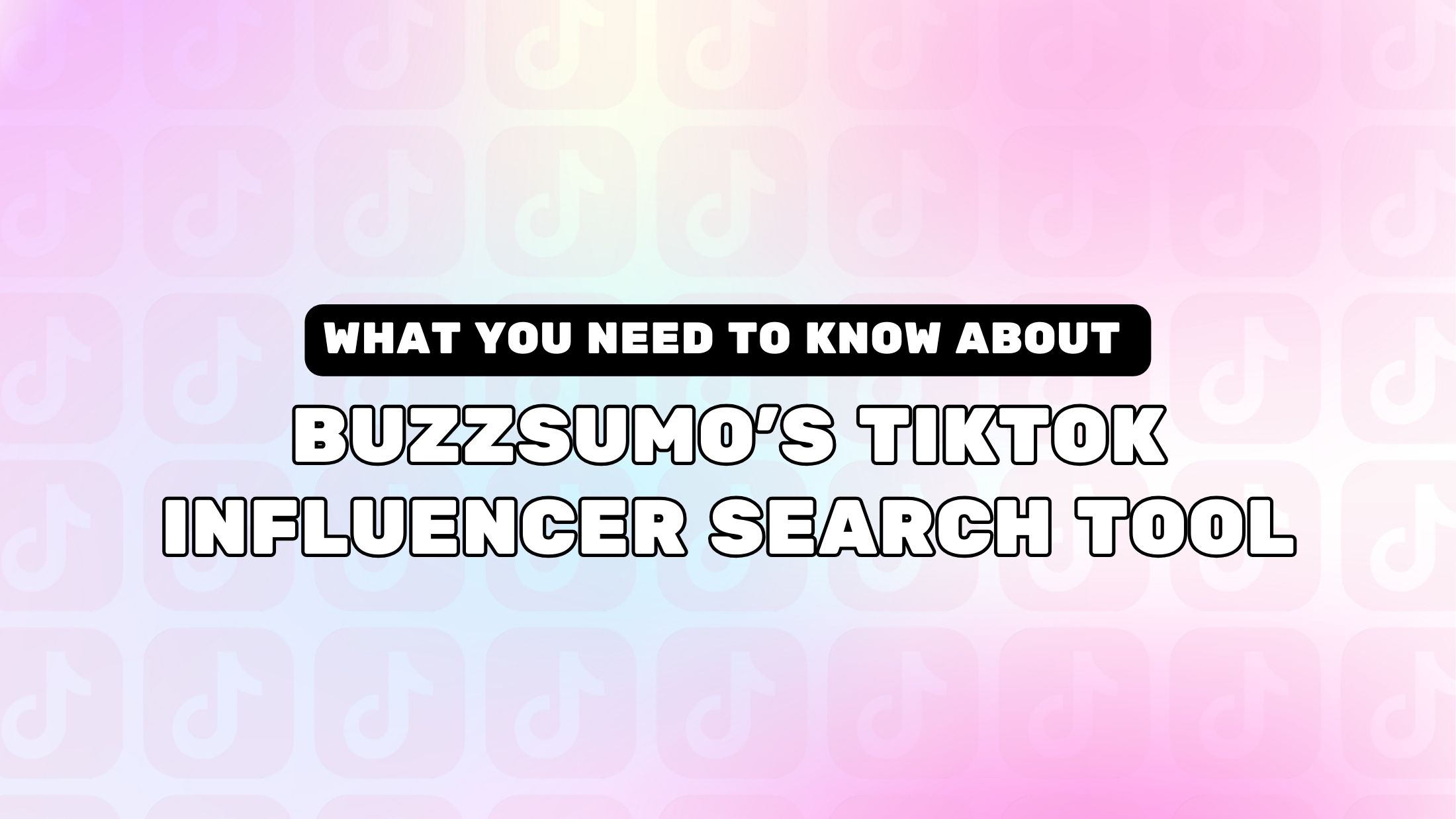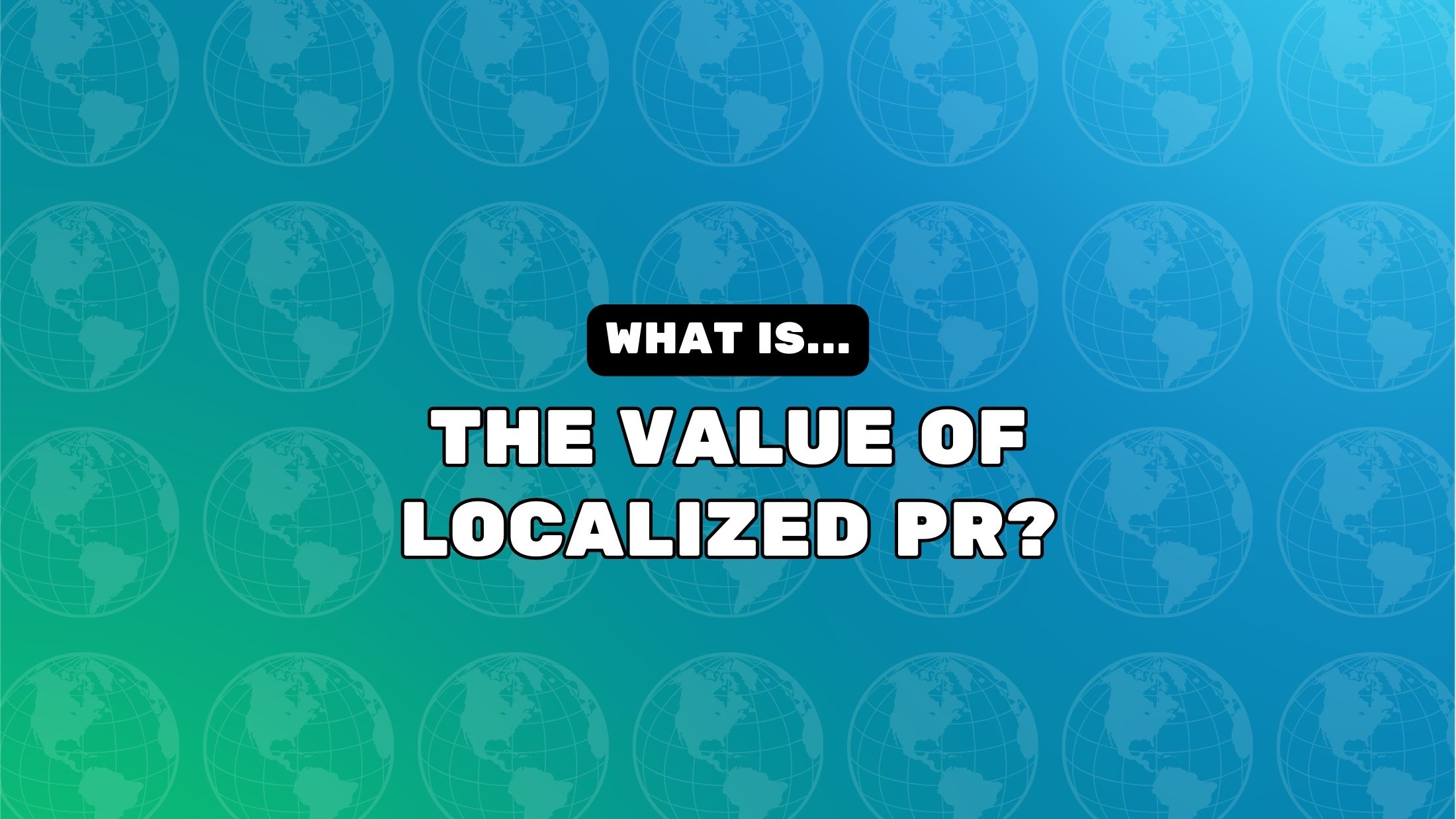5 ways to network when you don’t have a network
When you’re job-hunting for the first time, that old adage—who you know matters more than what you know—can seem daunting. In my two decades of helping new professionals access their desired industries, I’ve learned that creating meaningful networks can start from scratch—but conventional networking advice doesn’t always hold up. Instead, you need to emphasize your value. Here’s how to tackle it. 1. Launch an Outreach Campaign: The 100-Connection Method The most successful networking strategy I have observed requires a deliberate approach to building professional relationships. Develop a list of future workplaces within your industry, then aim to reach out to 100 of their professionals. How to execute this: Use LinkedIn, company websites, and industry publications to find professionals who work at your target organizations. Build a system with a spreadsheet to handle your outreach efforts over a period of 3–6 months. Develop specific connection requests that show your serious interest in their professional development, with personal messages via email or LinkedIn. Don’t request employment opportunities; rather, ask to hear about their professional path. The majority of experts are willing—and even eager—to discuss their careers with young professionals who make thoughtful approaches to them. When your outreach is authentic and specific, I’ve seen a positive response rate of up to 40%. Once you start, make it scalable: Aim for 2–3 new connections per week. 2. Offer Value Before Seeking It Young professionals fail to understand that networking requires them to provide value first before expecting anything back. Here’s how to do it. Offer industry trends to relevant professional networks during face-to-face interactions. Connect professionals to contacts in your existing network, regardless of their network size. Write blog posts, LinkedIn articles, or research summaries that demonstrate your understanding of the industry. People naturally feel compelled to give back to you when you help them. When you’re reaching out to 100 people, that multiples. 3. Use Technology to Remove Traditional Barriers Modern technology has made networking more accessible to all people than ever before. Use these tools strategically: Virtual meeting platforms: Geographic limitations no longer exist. Through video calls you can establish business relationships with leaders from across the country (or beyond). AI-powered research tools: The combination of LinkedIn Sales Navigator and company websites and industry databases helps you find appropriate contacts and discover their professional backgrounds prior to making contact. Professional transcription services: Use tools like Otter.ai during informational interviews to generate precise recordings, which enables you to maintain full attention on relationship development during discussions. 4. Master the Art of Informational Interviewing The standard job interview places you in a position to request something from the interviewer. Through informational interviews, you provide an opportunity to acquire knowledge from professional expertise. Here’s how to get the full use out of an informational. Create 5–7 well-prepared questions that focus on your acquaintance’s career development, professional understanding, and industry advice. Keep meetings to 20–30 minutes maximum. During the conversation, ask for the names of three professionals who can provide valuable insights. Send a thank-you note to the participants right after the meeting. Not sure where to start? These are some helpful questions to ask. What changes has the industry undergone during your professional lifetime? What are the most important skills that are rising to prominence in your field? Who should I reach out to next in my industry exploration? 5. Transform Conversations into Lasting Relationships Young professionals who succeed maintain valuable relationships from their business contacts instead of just collecting business cards. Turn these conversations into assets. You should document the most important information that comes from your conversations. Write about the lessons you’ve learned and share it with your network. Develop a system for staying in touch with connections, whether that be quarterly check-ins, sharing relevant articles, or congratulating them on achievements. Look for ways to reconnect contacts with each other when it makes sense. Develop a personal advisory board from your 100 connections; 10 to 15 people will establish long-term mentorship roles. Nurture these relationships consistently. The Long-Term Payoff Recent graduates who focus on value creation instead of value extraction have successfully made industry-changing career transitions and built strong professional networks. Begin by establishing one professional connection during this present week. Focus on wha

When you’re job-hunting for the first time, that old adage—who you know matters more than what you know—can seem daunting.
In my two decades of helping new professionals access their desired industries, I’ve learned that creating meaningful networks can start from scratch—but conventional networking advice doesn’t always hold up. Instead, you need to emphasize your value. Here’s how to tackle it.
1. Launch an Outreach Campaign: The 100-Connection Method
The most successful networking strategy I have observed requires a deliberate approach to building professional relationships. Develop a list of future workplaces within your industry, then aim to reach out to 100 of their professionals.
How to execute this:
- Use LinkedIn, company websites, and industry publications to find professionals who work at your target organizations.
- Build a system with a spreadsheet to handle your outreach efforts over a period of 3–6 months.
- Develop specific connection requests that show your serious interest in their professional development, with personal messages via email or LinkedIn.
- Don’t request employment opportunities; rather, ask to hear about their professional path.
The majority of experts are willing—and even eager—to discuss their careers with young professionals who make thoughtful approaches to them. When your outreach is authentic and specific, I’ve seen a positive response rate of up to 40%. Once you start, make it scalable: Aim for 2–3 new connections per week.
2. Offer Value Before Seeking It
Young professionals fail to understand that networking requires them to provide value first before expecting anything back. Here’s how to do it.
- Offer industry trends to relevant professional networks during face-to-face interactions.
- Connect professionals to contacts in your existing network, regardless of their network size.
- Write blog posts, LinkedIn articles, or research summaries that demonstrate your understanding of the industry.
People naturally feel compelled to give back to you when you help them. When you’re reaching out to 100 people, that multiples.
3. Use Technology to Remove Traditional Barriers
Modern technology has made networking more accessible to all people than ever before. Use these tools strategically:
- Virtual meeting platforms: Geographic limitations no longer exist. Through video calls you can establish business relationships with leaders from across the country (or beyond).
- AI-powered research tools: The combination of LinkedIn Sales Navigator and company websites and industry databases helps you find appropriate contacts and discover their professional backgrounds prior to making contact.
- Professional transcription services: Use tools like Otter.ai during informational interviews to generate precise recordings, which enables you to maintain full attention on relationship development during discussions.
4. Master the Art of Informational Interviewing
The standard job interview places you in a position to request something from the interviewer. Through informational interviews, you provide an opportunity to acquire knowledge from professional expertise. Here’s how to get the full use out of an informational.
- Create 5–7 well-prepared questions that focus on your acquaintance’s career development, professional understanding, and industry advice.
- Keep meetings to 20–30 minutes maximum.
- During the conversation, ask for the names of three professionals who can provide valuable insights.
- Send a thank-you note to the participants right after the meeting.
Not sure where to start? These are some helpful questions to ask.
- What changes has the industry undergone during your professional lifetime?
- What are the most important skills that are rising to prominence in your field?
- Who should I reach out to next in my industry exploration?
5. Transform Conversations into Lasting Relationships
Young professionals who succeed maintain valuable relationships from their business contacts instead of just collecting business cards. Turn these conversations into assets.
- You should document the most important information that comes from your conversations.
- Write about the lessons you’ve learned and share it with your network.
- Develop a system for staying in touch with connections, whether that be quarterly check-ins, sharing relevant articles, or congratulating them on achievements.
- Look for ways to reconnect contacts with each other when it makes sense.
Develop a personal advisory board from your 100 connections; 10 to 15 people will establish long-term mentorship roles. Nurture these relationships consistently.
The Long-Term Payoff
Recent graduates who focus on value creation instead of value extraction have successfully made industry-changing career transitions and built strong professional networks.
Begin by establishing one professional connection during this present week. Focus on what you can learn from them and how you might be helpful. Strategic and consistent relationship building produces surprising opportunities that surpass your expectations.
Remember: You’re not building a network to get something—you’re building relationships to contribute something. It’s from there your network will grow.






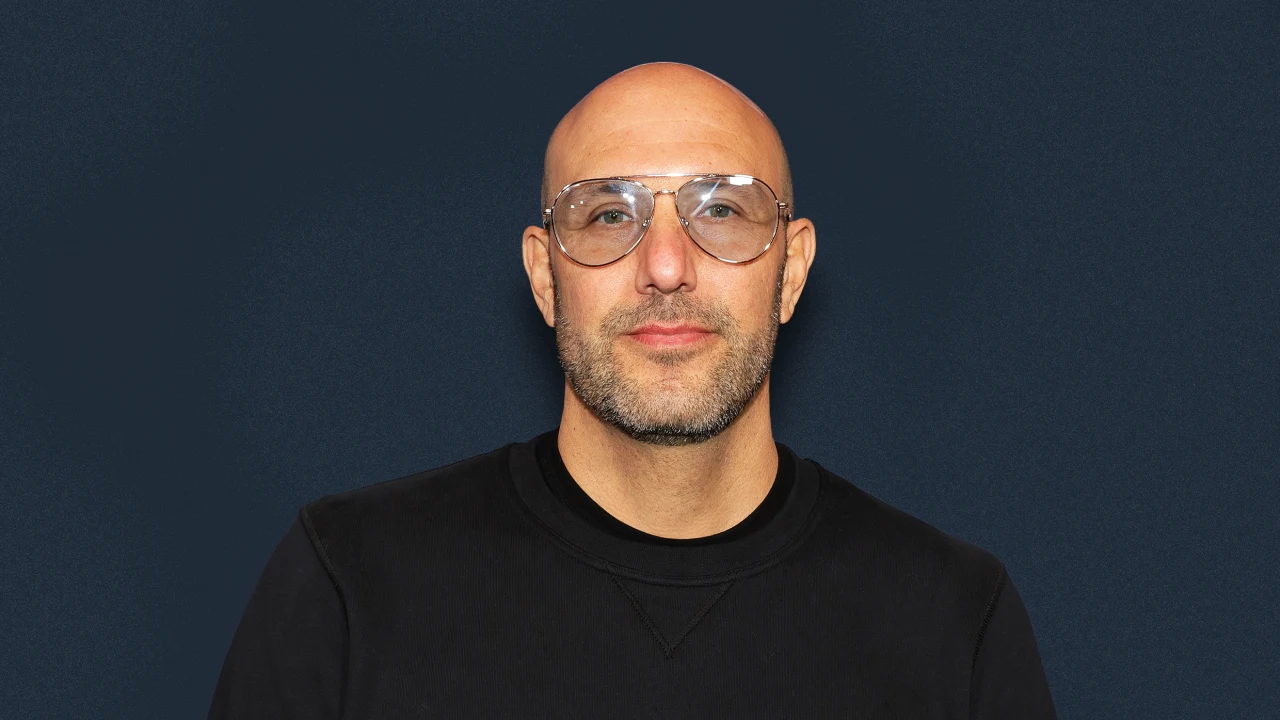














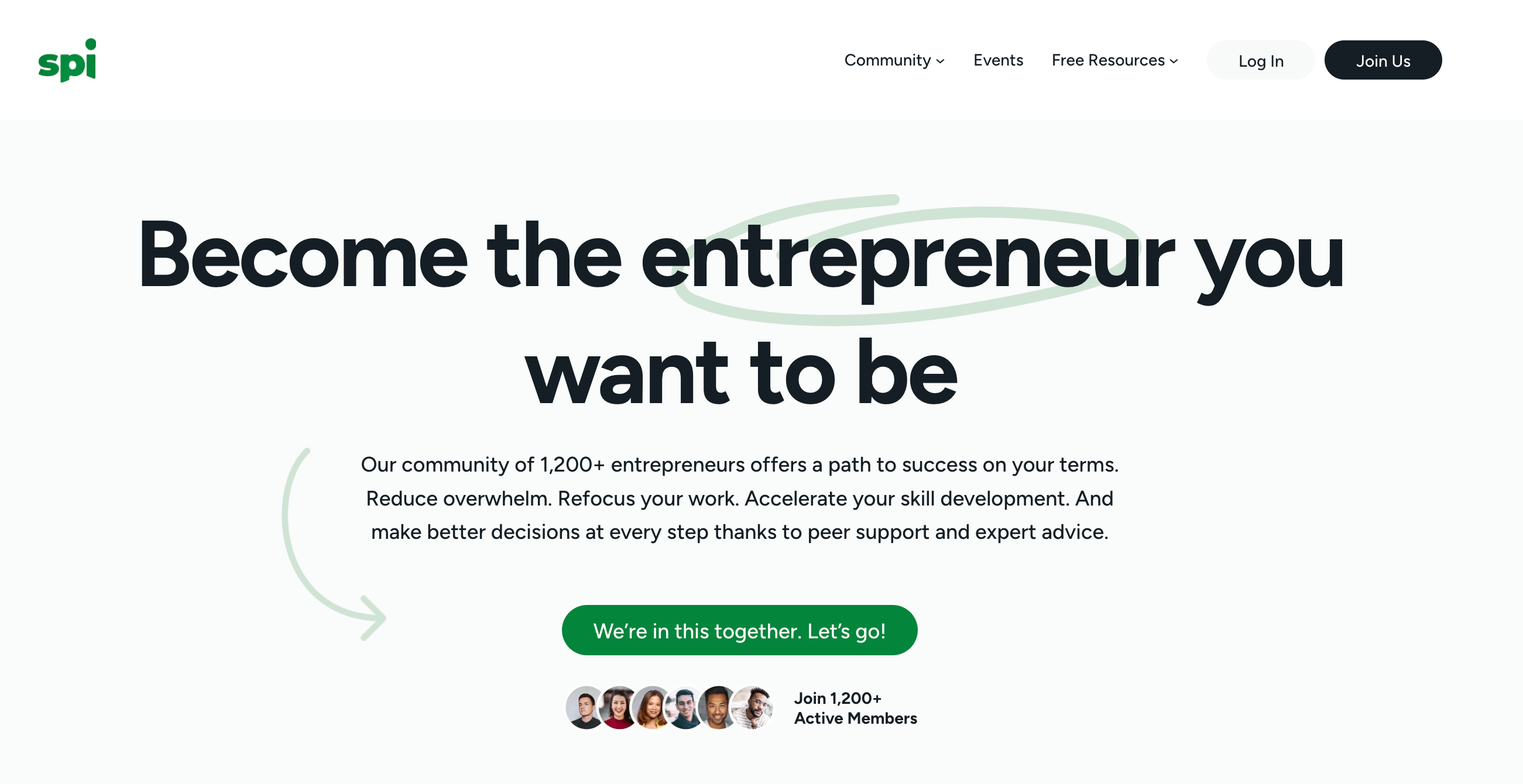













































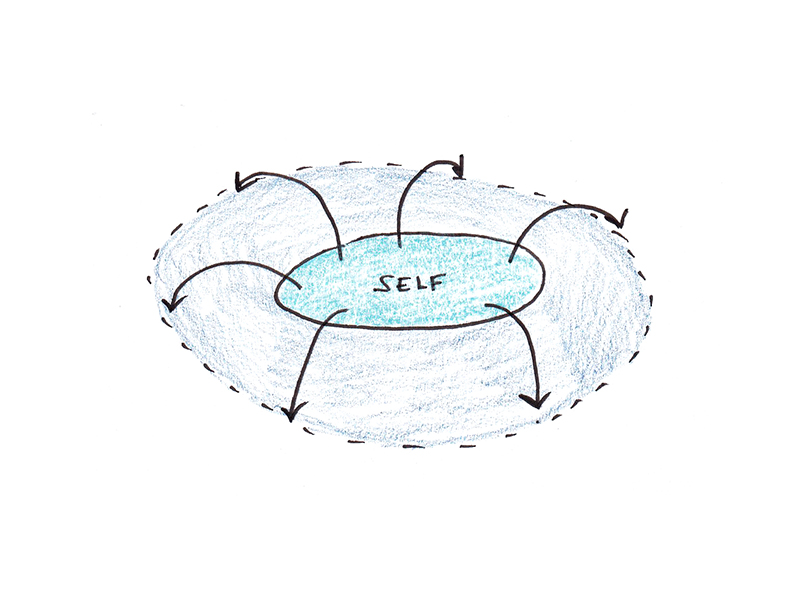

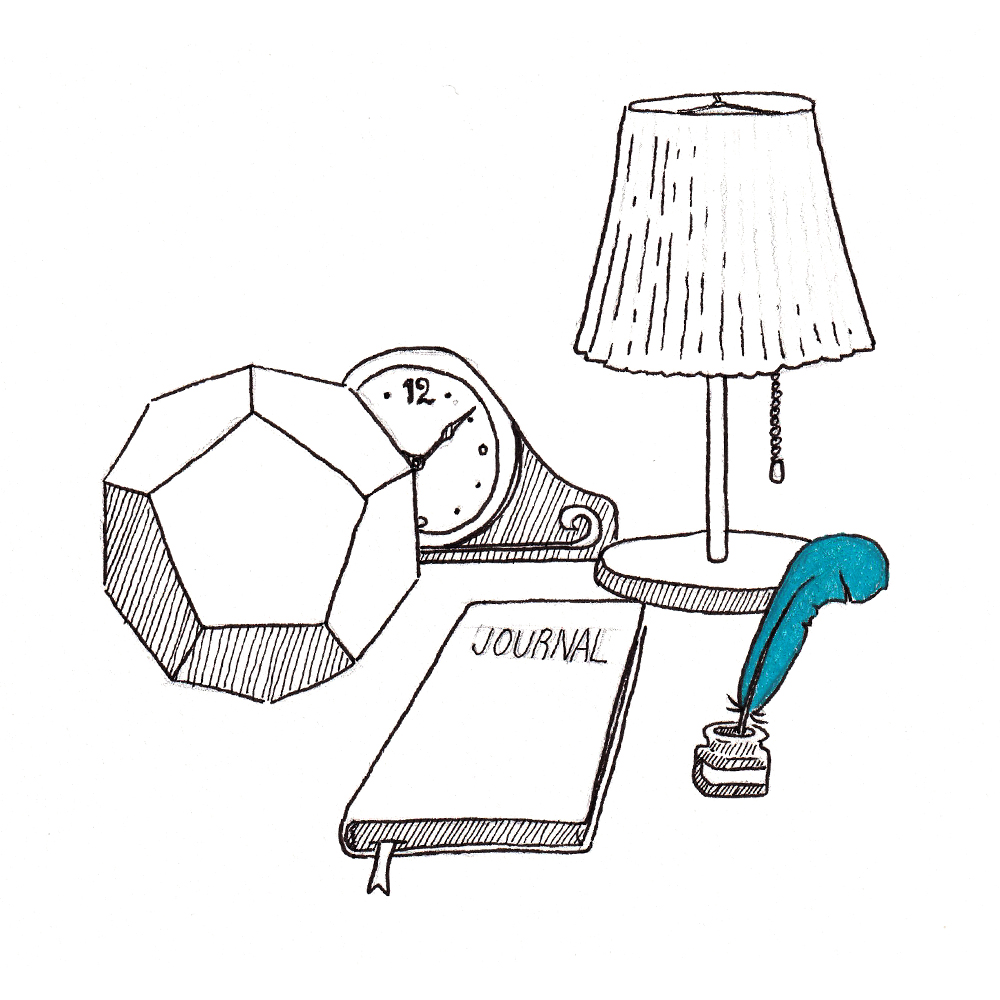

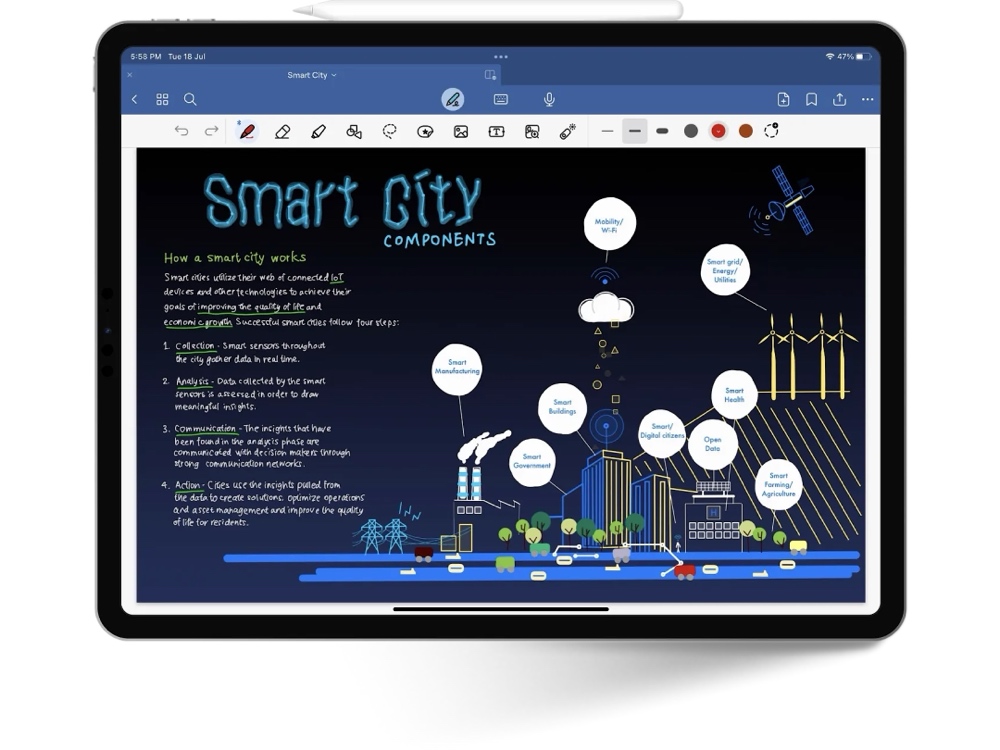

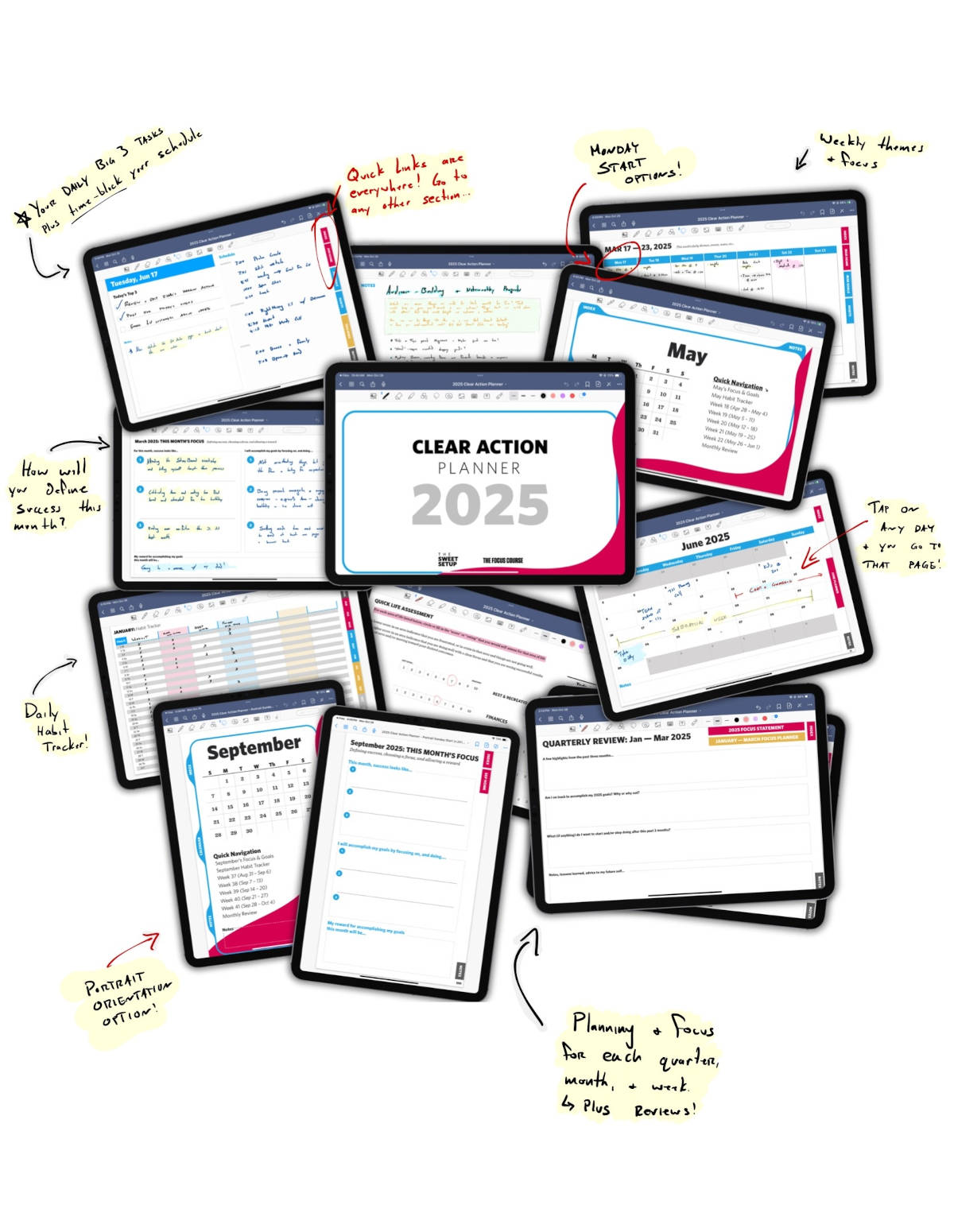












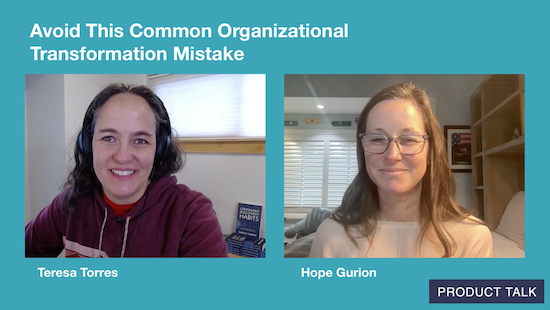
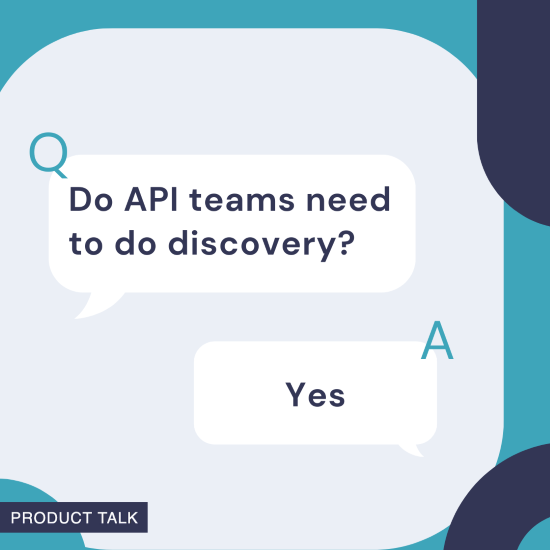
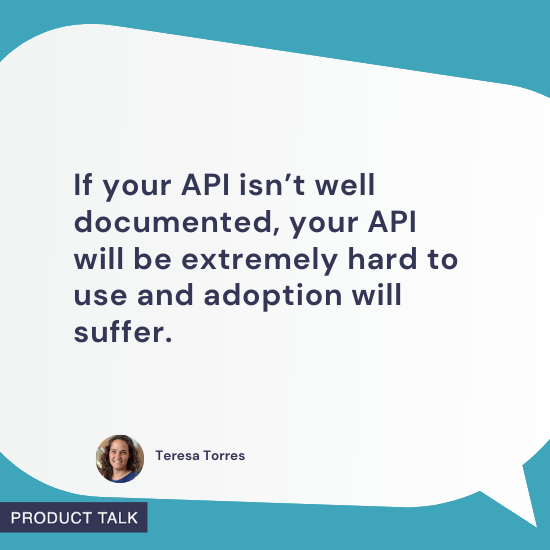



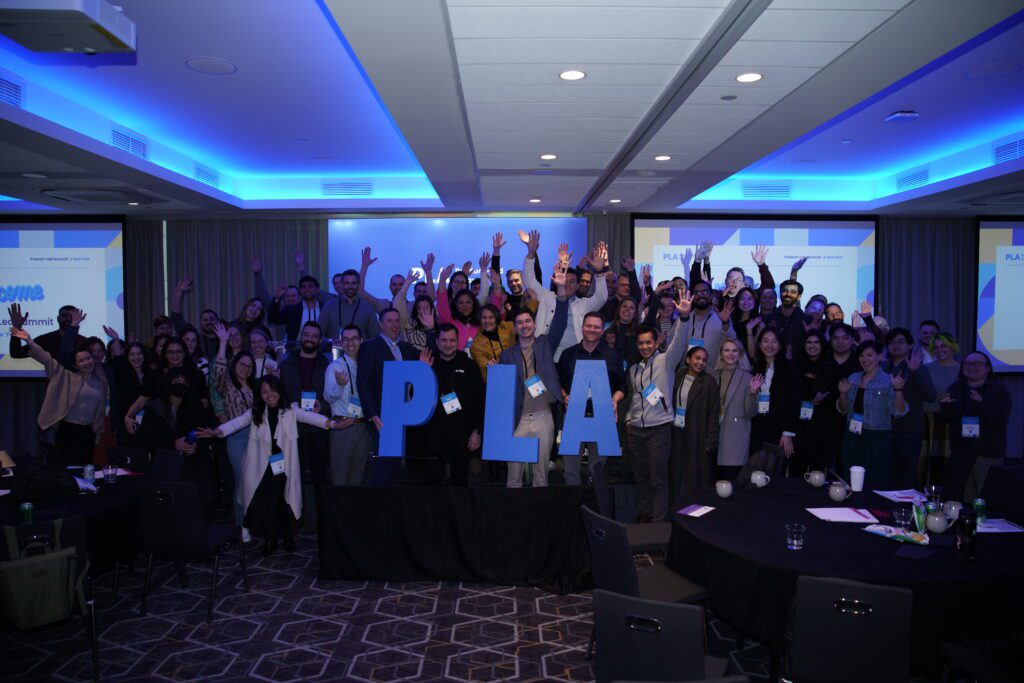







![Building A Digital PR Strategy: 10 Essential Steps for Beginners [With Examples]](https://buzzsumo.com/wp-content/uploads/2023/09/Building-A-Digital-PR-Strategy-10-Essential-Steps-for-Beginners-With-Examples-bblog-masthead.jpg)

